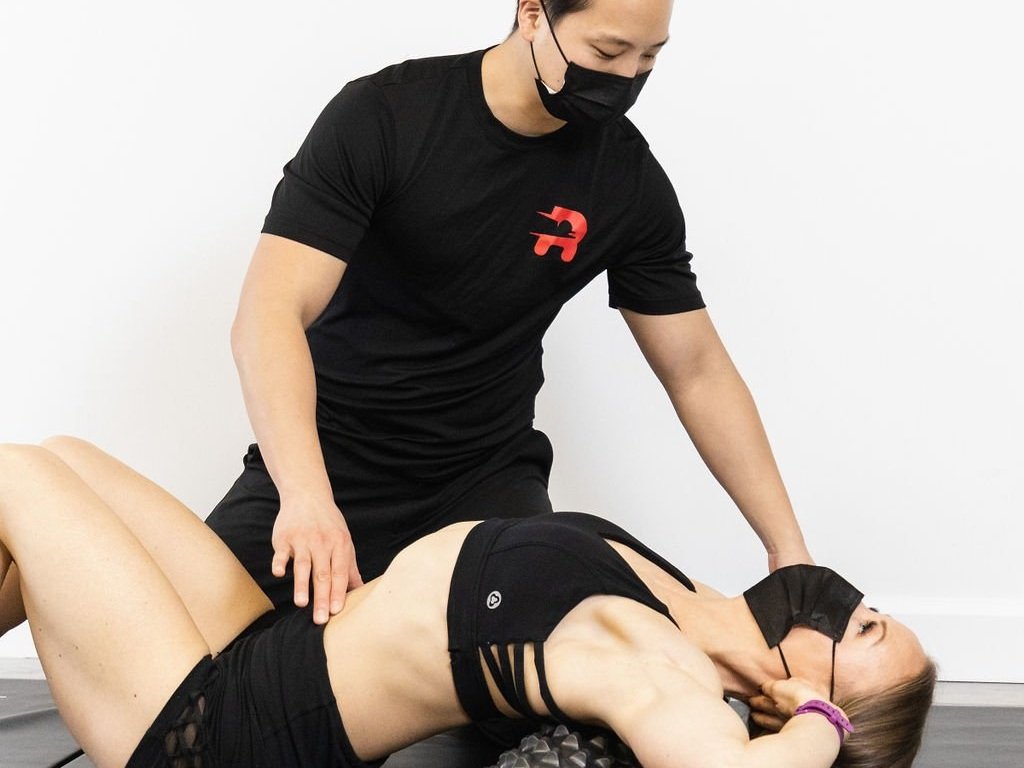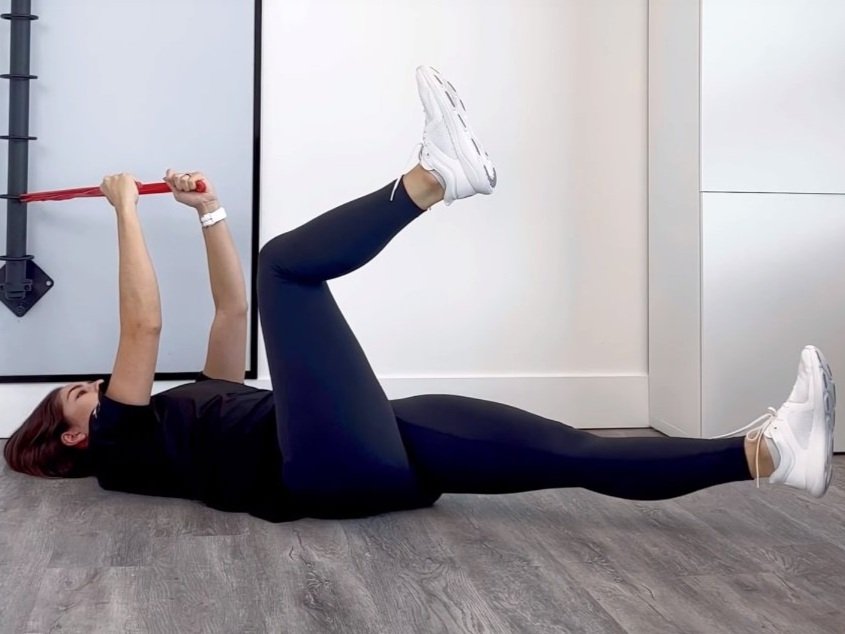Quadratus Lumborum Pain
Understand how to relieve quadratus lumborum pain
Learn about why this muscle is interfering with your comfort levels and how to recover
What is the anatomy of the quadratus lumborum?
The quadratus lumborum, or QL for short, is a relatively small muscles that attaches from the pelvis to the spine and rib cage. Specifically, the QL attaches from the posterior iliac crest and iliolumbar ligament to the inferior border of the 12th rib, transverse processes of L1-L4. There is anatomical variations in which the QL may attach to the transverse process of L5, and sometimes a second muscle belly may be noted in front of the main muscle belly. This additional muscle belly will attach from the transverse processes of the lower 3-4 lumbar vertebrae to the 12th rib.
What does the QL do?
The quadratus lumborum is considered as part of the core muscle group (abdominal wall) that is responsible for lumbar spine stabilization. Unilaterally (single side activation) this muscle functions to elevate the pelvis, laterally flex the lumbar spine, and depress the 12th rib. When these muscles contract bilaterally (both sides contract) the QL extends the lumbosacral spine to increase lumbar lordosis
In every day life, this muscle is responsible for bending to the side, rolling over in bed, dancing, or picking up objects from the floor.
What causes a tight quadratus lumborum?
Common injuries to the QL muscle group occur with overuse (bending and twisting activities such as golfing or rowing), and may get injured with other spinal muscles like the erector spinae. Tightness in the muscle may precede or follow a QL strain injury occurring as a result of overuse activities.
What does QL pain feel like?
Depending on the nature of the injury, quadratus lumborum pain can vary. Acute strains are often painful with movement and may be sharp or dull. Range of motion may be limited due to pain intensity levels. Chronic strains may present as a dull ache, stiffness or tightness, and may even refer pain to adjacent regions like the buttock, groin or pelvis.
How long does it take the QL to heal?
Healing times for the quadratus lumborum may vary depending on severity of the strain. Grade 1 strains may last 0 to 2 weeks. Grade 2 strains may last for 4 days to 3 months. Grade 3 strains may last for 3 weeks to 6 months.
How should I sleep with quadratus lumborum pain?
With an active QL strain, stretched positions tend to be aggravating in nature. Due to this, sleeping in positions that promote a neutral spine may be recommended. For those who sleep on their back, placing a bolster or pillow below the knees may help to keep the spine in neutral. Likewise, for side sleepers placing a pillow between the knees may also help.
How do I loosen my quadratus lumborum?
For those who experience chronic tightness in the quadratus lumborum, stretching may be a good form of physical activity to relieve symptoms. However, if the muscle in acute stages of healing stretching is not recommended as it may aggravate symptoms. Examples of stretches include the Leaning QL Stretch:
If a stable pillar or doorway is not easily accessible, the Cross Box Stretch is an easy alternative:
How do you release QL trigger points?
Trigger points are regions of the muscle belly that refer pain to adjacent areas when compressed. These trigger points can reduce pain with ischemic compressions. Tools such as foam rollers or massage balls can be used to reduce perceived muscle tension or pain. The Lumbar Foam Roll exercise is one example of target this muscle group:
How do you strengthen the QL?
Since the primary action of the quadratus lumbar is to laterally flex the spine, any exercise that requires side bending or resisting side bending will target the quadratus lumborum muscles. An example of an anti-lateral flexion exercise is the Side Plank exercise:
An example of a side bending exercise is the Standing Side Crunch:
Here is a full length video by Toronto chiropractor Dr. David Song for what to do to recover from a QL strain:
Can I see a massage therapist for my QL pain?
A sports massage therapist can be seen for the relief to deep or superficial QL pain. Similar to physiotherapists and chiropractors, massage therapists will use techniques like deep tissue, myofascial release, and cross friction to loosen up a tight quadratus lumborum. Certified massage therapists may also use techniques like cupping therapy, scraping therapy, and acupuncture to provide additional relief. To visit a Rehab Hero massage therapist click here.
* The information in this blog post is not intended nor implied to be a substitute for professional medical advice, diagnosis or treatment. All content, including text, graphics, videos, images, and information, contained in this blog post is for general information purposes only and does not replace a consultation with your own doctor/health professional *




























